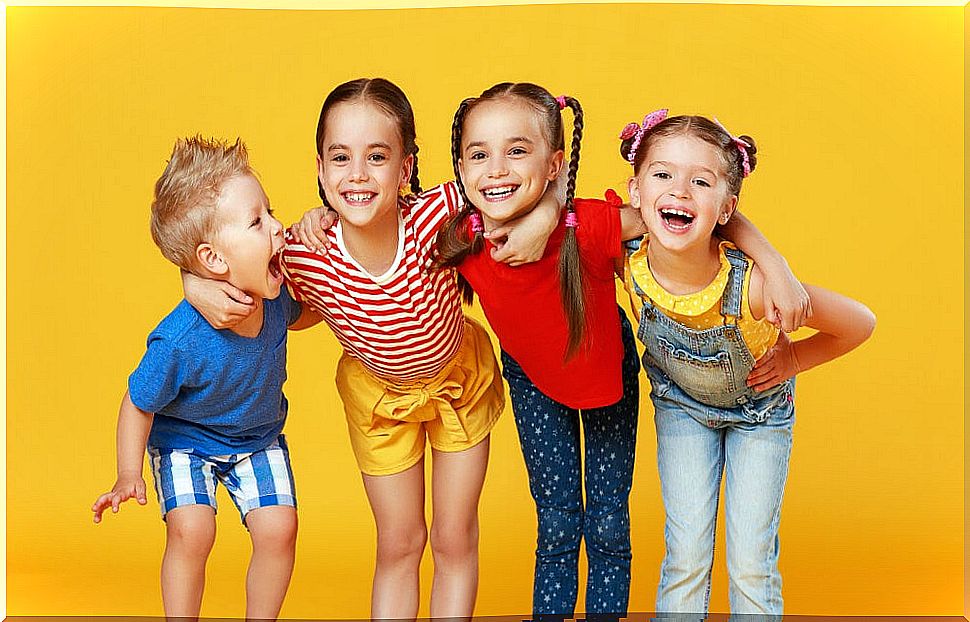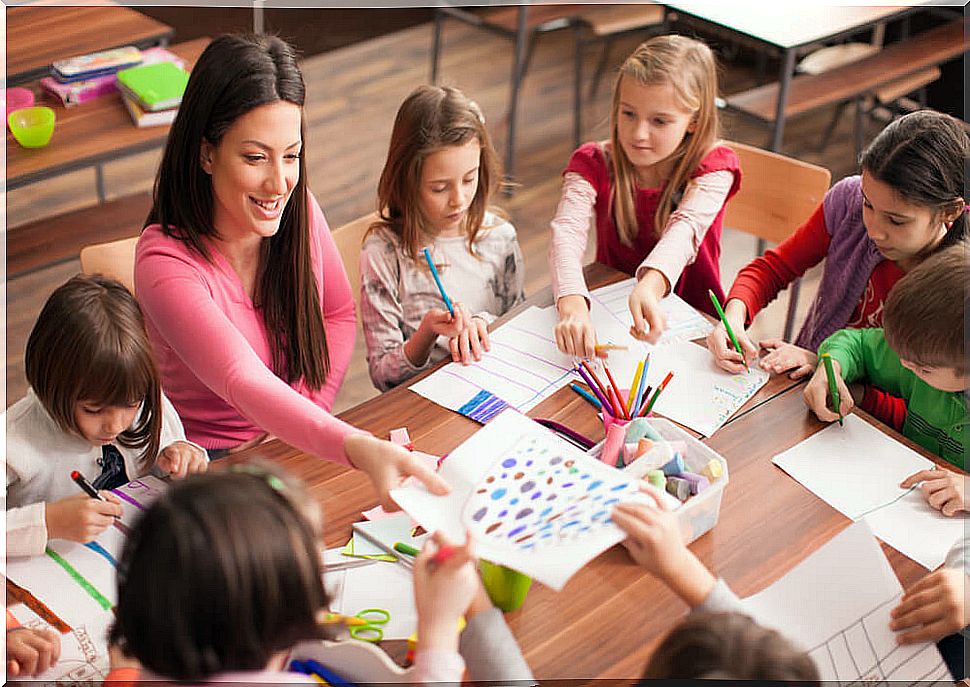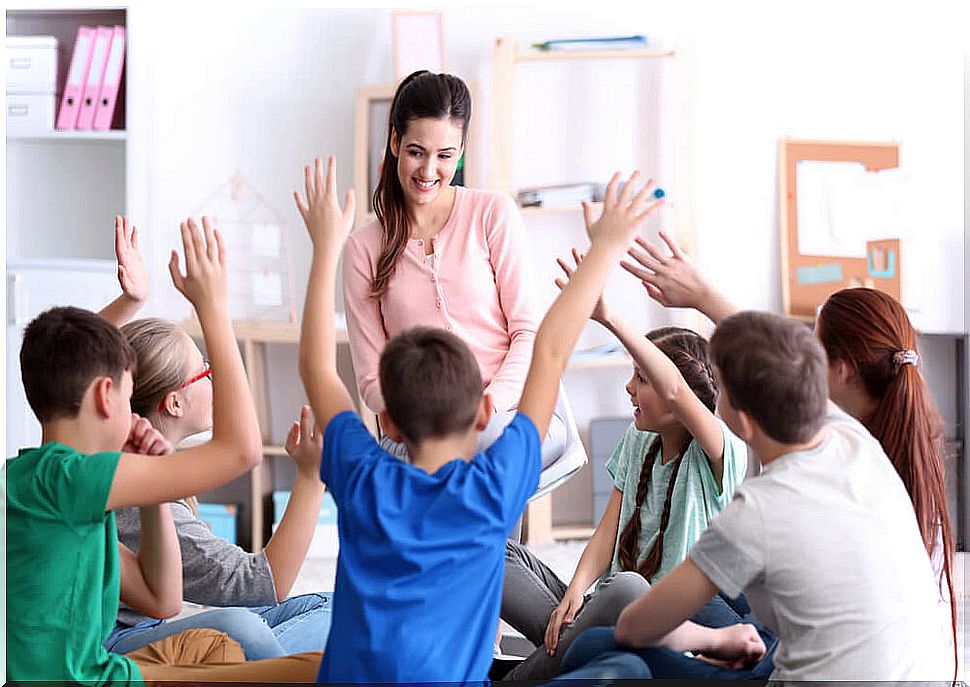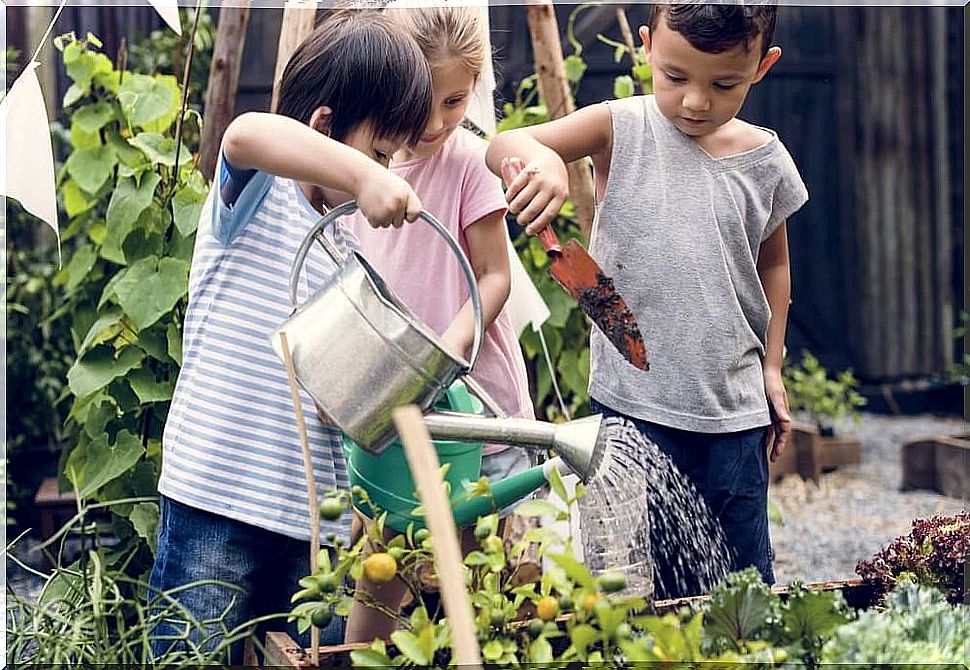The Importance Of Emotions In Learning

Fortunately, in recent years, educational models are changing. New proposals are emerging with a different approach to the teaching process. However, for a long time an outdated educational style has been maintained in schools that overlooked the importance of emotions in learning.
Until now, the school organization was mainly based on memorization. Students, even the youngest ones, had to ‘gobble up’ huge amounts of information and then put it into writing in an exam. The problem is that this process does not generate meaningful learning or, in other words, we forget it as soon as the evaluation has finished. Why? Because it lacks the essential emotional component.
Emotions in learning
Throughout our lives we collect an infinity of information, but only some of them remain in our memory. We have all experienced at some point the ease with which some data is recorded in our minds when learning is motivated by our own interest.

A child may have a hard time memorizing a school lesson and instead spend hours talking about dinosaurs or planets. This is because they are subjects that fascinate you, that naturally arouse your curiosity.
Surely, the child feels free to investigate these matters at his own pace and to do so in various ways: books, movies, toys. The emotion aroused and the child’s involvement in learning make it consolidate in a much more firm way.
The same happens when we take the little ones to a museum or any other space where they can learn more in a relaxed way and in a positive emotional environment. They will likely remember that information for a long time because the circumstances surrounding the learning included emotions of joy, excitement, and fun.
What happens in the classroom?
These premises are not only valid for everyday life; on the contrary, in the classroom they take on much more relevance. When the teacher is concerned with awakening the students’ motivation, teaching occurs in a much more fluid way than when the child is only asked to listen in silence.
Likewise, if the relationship with classmates is good and the class environment is emotionally positive, the little ones will come with a better predisposition to learn. But not only that, because the positive emotions that are generated in the interaction with colleagues will help to consolidate the data in their memory.
On the contrary, when the child perceives the educational space as aggressive or stressful, his learning will be enormously difficult. The attitude that will be generated before the school will be totally negative, but, in addition, we must know that stress negatively affects communication between neurons. Therefore, what is learned in a stress-generating environment will be easily forgotten.

How to take advantage of emotions in learning?
Knowing this information can be very useful to promote meaningful learning both in the classroom and in everyday life. Some of the guidelines that we can follow are:
- Arouse the child’s motivation and natural curiosity to learn. Present the topics in an interesting and suggestive way.
- See that the learning environment is associated with positive emotions. To do this, we must promote solidarity and cooperation among classmates and positively reinforce each child’s progress in the matter (not only with a grade, but with recognition and social reinforcement).
- Plan tasks in which the little ones can learn by getting involved. All the information that we elaborate, in some way, is more easily remembered than that which is passed on to us passively. A good way to encourage that may be to assign a topic to each child to study and share with their peers.
- Use diverse and varied activities that generate enthusiasm, surprise or fun. Let’s flee from routines and passivity. The novelty of environments, stimuli and tasks encourages effective teaching.
Ultimately, let’s put children at the center of their learning process. Let’s stop seeing them as passive beings and involve them in environmental exploration tasks that arouse their interest. Let us promote social relationships and collaboration between colleagues and, above all, let us ensure that the classroom and the home are spaces that generate positive emotions.










